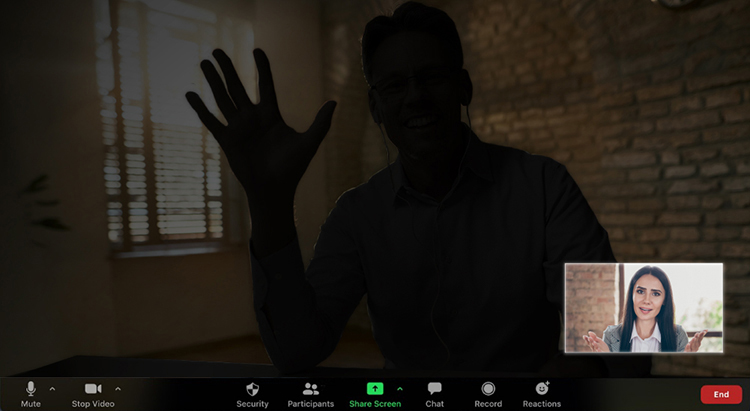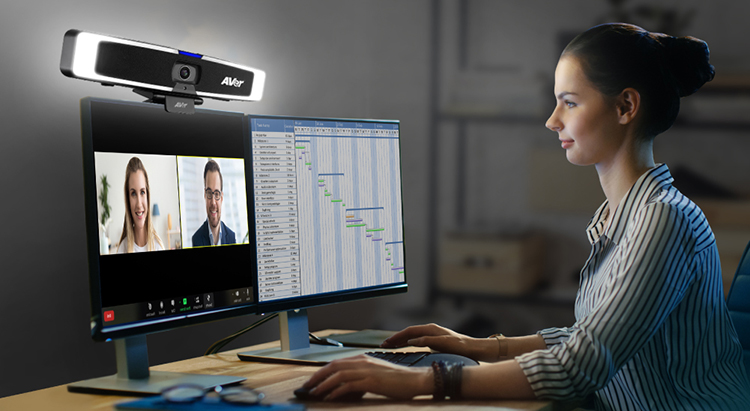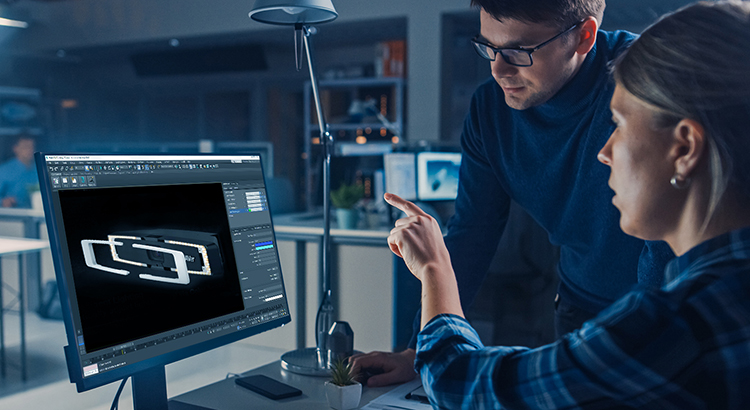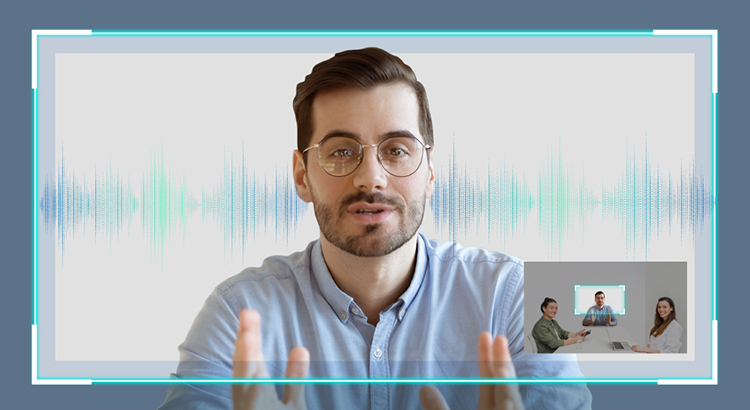When you’re about to hop on an important video call with a client or customer while working from home or in your focus room, you know that details matter. You comb your hair, perfect your makeup, and don professional clothes.
But all that effort is for naught if you don’t take steps to ensure ideal light conditions. Even if you have bright overhead lighting and shut the curtains on the window to avoid backlighting, you probably haven’t accounted for reflection from your monitor. This reflection covers your face in blue shadows that make you appear tired and unnatural. That’s potentially detrimental to your video conferencing goals.
A recent study on photos of products in online marketplaces found that image quality affects trust. According to the researchers, “Overall, participants reported highest level in marketplaces populated with good images, followed by stock imagery, and the lowest level of trust in marketplaces populated with bad images.”
In essence, people respond best to authenticity. When you’re on a video call, you’re the product. You must present a genuine image to achieve the best results.
Now, don’t start stressing about learning lighting mechanics. Here at AVer Information, we’ve done that for you by developing the VB130. It’s the world’s first all-in-one video soundbar with an integrated fill-in light that automatically adjusts to provide the best possible virtual meeting experience.
To provide a better idea of what the VB130 can do for you, we interviewed AVer Project Manager Sarah Chang. Here’s what she had to say:
Q: What inspired AVer to design the VB130?

A: “In the past we’ve categorized meeting rooms into three types—huddle rooms, medium-sized rooms, and large rooms. But huddle rooms actually have a little variation: there are also phone rooms and focus rooms. They are much smaller, with space for only one or two people. But the light in these rooms is not sufficient—it’s normally very dim. So, when people have a virtual meeting in a focus or phone room, the low-light conditions create image noise, and the remote side participants cannot see faces very clearly. It’s not a very good visual experience for virtual meetings. That’s why we wanted to create a camera with an integrated fill-in light, so users don’t need to prepare another light to have a good meeting experience.”
Q: Is it really necessary to have this added fill-in light?

A: “Even if you work from home and already have decent lighting, you normally sit very close to the camera, right? When you do that the reflection from the monitor will cast blue shadows on your face and make it appear dull. The fill-in light makes your face look brighter and more energetic, providing a better virtual meeting experience.”
Q: Does it have any other benefits?
A: “It also saves energy and money. According to research, people in the US and Europe prefer dim lighting in their living spaces, so they normally need to buy lamps for their desks. The VB130 can take the place of such lights.”
Q: What’s the reasoning behind the design?
A: “Monitors in the rooms we’re targeting are typically about 20 to 45 inches, so you have to put this soundbar on at least a 20 inch monitor. We based the size on that. For the lighting, we focused on people sitting within one meter of the monitor. Based on this user scenario, we calculated that we needed to fit hundreds of LEDs inside for the light to radiate properly. That’s how we came up with this optimal proportion.”
Q: What can you tell us about the development process?

A: “Size matters in meeting rooms. Because the VB130 is for huddle or smaller rooms and WFH, we could not make it big. However, large products are easier for engineers; they can use any kind of components in a big product, because there’s plenty of space. Therefore, our challenge was to ensure good audio quality within such a small space.”
“When we designed the frame, our R&D had to find components that fit. And we always choose top-quality components, such as Sony 4K sensors, high-quality lenses, and AI engine chips and platforms to meet our specifications and performance requirements. Cost is not our first concern; quality is the most important aspect. So, we performed many experiments and tested many components to ensure the best performance.”
“The fill-in light also took a lot of time to develop, because we wanted to use auto intelligent lighting so users don’t need to manually adjust the light. Therefore, we had to place color sensors and light sensors inside. To make sure that the color sensors can detect the environment correctly and deliver the best light level, we took thousands of photos of different kinds of people and fine-tuned the parameters.”
Q: Are there any other features you want to talk about?

A: “Actually, I want to talk about the Wainhouse report, which noted that the main pain point in virtual meetings is the mutual experience. We know that people have to sit spread out in the meeting room for social distancing. When people spread out in the meeting room, they appear small on the screen, and the camera doesn’t focus on the speaker. To provide the best visual experience, the VB130 offers intelligent image tracking and audio tracking functions. When people are speaking, the camera can automatically frame and zoom in on them so the remote side can see clearly and enjoy a seamless mutual experience.”
To learn even more about the VB130 and intelligent lighting, click the button below!